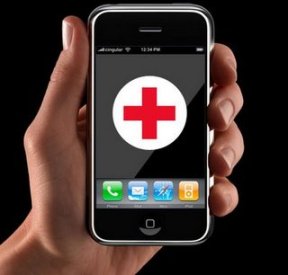Mobile Technology Is Transforming The Health Industry, But To What Extent?

Dave Chase
Technology is in the process of bringing change to every piece of the health industry — wellness, fitness, healthcare, medicine — you name it. And as it always seems with introduction of new technologies, it’s awe-inspiring how quickly they can transform entire industries yet, at the same time, make us realize just how far we have to go (or how far behind we really are). The health industry has been touched (and defined) by cutting-edge technology for years, yet its relics, legacy infrastructure, paper-pushing, and archaic procedures are as obvious today as ever before.
Mobile Technology for health can be classified in two categories:
Physician oriented: Apps designed to access reference materials, calculators, formularies, eRx, EMR remote access, Social Media, Calendaring, email, Video Conferencing, Algorithms
Patient oriented:Health Knowledge Base, Remote monitoring sensors, like Basis’ heart and health tracker,Lark, Fitbit, and Jawbone’s Up.


Some mobile apps interface patient and physician, Mobile devices will also change the way that we communicate with our doctors, as physicians may help describe possible treatments or procedures to patients on an iPad using multimedia, visual cues, genomic/anatomical maps, etc., prescribe post-treatment apps to our smartphones so that treatment doesn’t end once you walk out the door of the hospital, or become a conduit for modern communication platforms, a la Skype, that will facilitate remote checkups, treatments, diagnostics, through the phone, or over video. Got a strange looking rash? Take a picture, or scan it on this app. Telemedicine is there in a pinch!
All this has developed almost spontaneously with the development of competing hardware devices and software which is open source. and at affordable prices given the size of the patient market. The primary ingredient is innovation, entrepreneurial spirit, and with little governmental funding and/or intrusion.
Contrast this with the stuttering acceptance of EMRs and HIEs with government mandates, artificial support with incentive subsidies to support the HIT vendor market. The real beneficiary for CMS’ incentive program are the HIT vendors, not patients, not doctors nor insurers. The data collectors will benefit from the system which will be mined for the benefit of cost containment and perhaps better outcomes.










